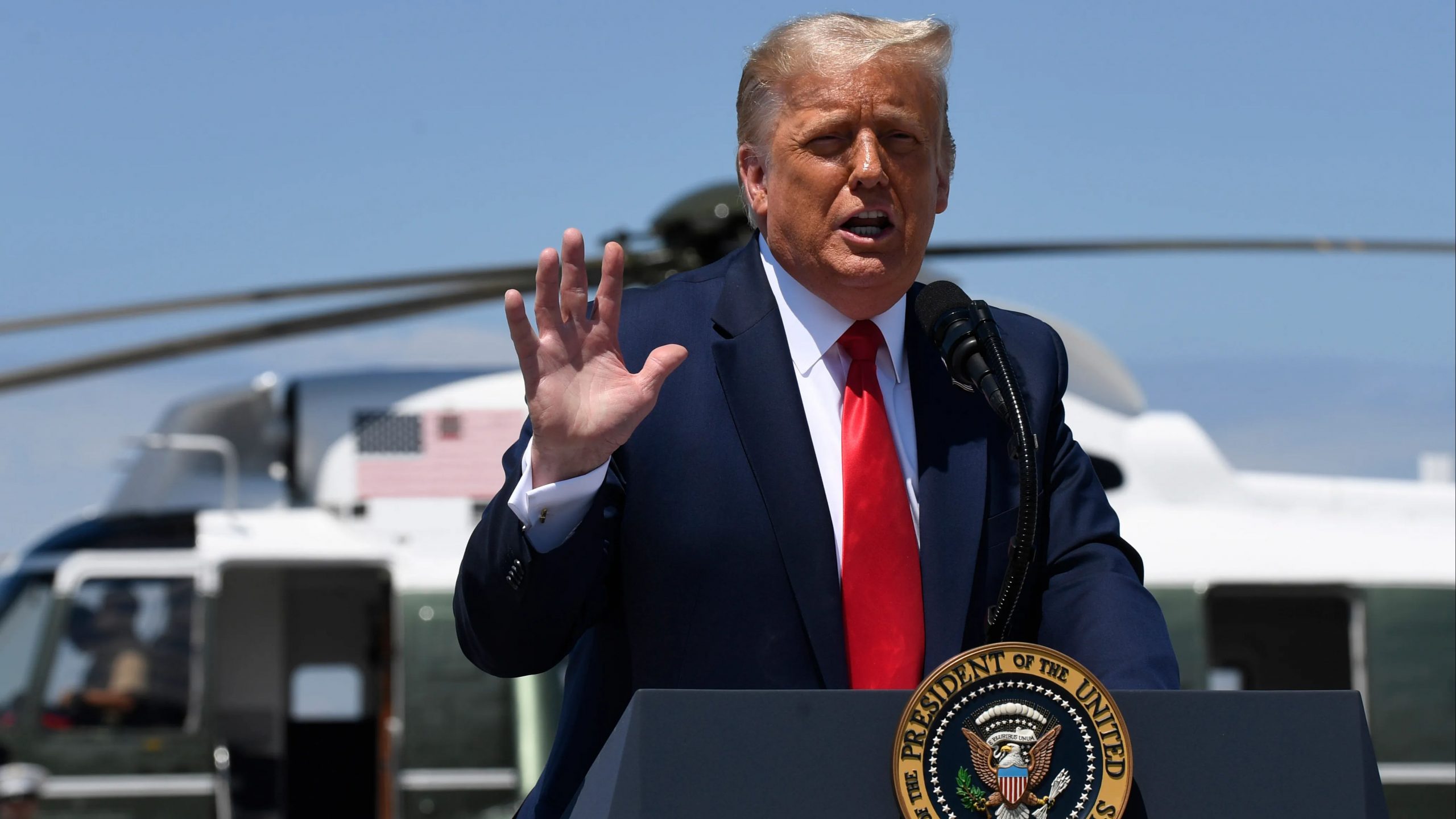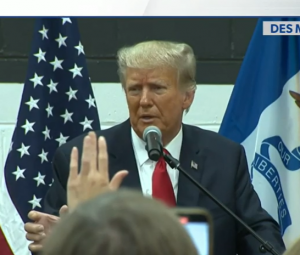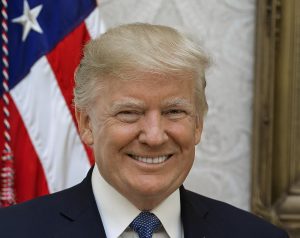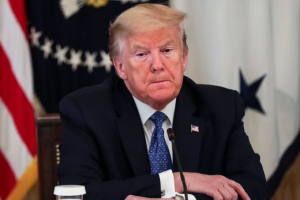Like two US presidents before him, Donald Trump, who has tested positive for coronavirus, could invoke the 25th Amendment to the Constitution to temporarily hand over power to the vice president in the event he becomes incapacitated.
Adopted in 1967, the 25th Amendment lays out the provisions for a transfer of power from a US president who dies, resigns, is removed from office or for other reasons is unable to fulfill his or her duties.
Trump, 74, announced overnight that he and First Lady Melania Trump, 50, had tested positive for Covid-19, which has killed more than 200,000 people in the United States, and were going into quarantine.
The White House physician said they were both feeling “well at this time” and White House chief of staff Mark Meadows said the president has only “mild symptoms.”
The bombshell development comes a month ahead of the November 3 election and raises questions about a potential transfer of power to Vice President Mike Pence should Trump’s condition worsen.
US lawmakers had begun to address the question in the late 1950s amid the ill health of president Dwight D. Eisenhower.
Also Read | ‘Donald Trump’s diagnosis is a reminder to take coronavirus seriously’: Joe Biden
It took on added urgency following the 1963 assassination of president John F. Kennedy and the 25th Amendment was passed by Congress in 1965 and ratified by the required three-fourths of the 50 US states two years later.
Section 3 of the 25th Amendment addresses the transfer of presidential powers to the vice president when the chief executive declares that he or she is unable to fulfill the powers and duties of the office.
Section 4 addresses a situation in which the vice president and a majority of the cabinet determine that the president is no longer able to discharge their duties.
Section 4 has never been invoked.
Section 3 has been invoked on three occasions.
The first was in July 1985 when president Ronald Reagan underwent surgery under general anesthesia for removal of a cancerous polyp from his large intestine.
Vice president George H.W. Bush was made acting president for about eight hours while Reagan was in surgery.
President George W. Bush temporarily transferred power to vice president Dick Cheney in June 2002 and in July 2007 while he underwent routine colonoscopies under anesthesia.
Also Read | Donald Trump hospitalised after testing positive for COVID-19, says ‘doing very well’
Following Reagan’s serious wounding in a 1981 assassination attempt, a letter invoking Section 3 was drafted but it was never sent.
Under Section 3, the president informs the president pro tempore, or presiding officer, of the Senate, currently Chuck Grassley, and the speaker of the House of Representatives, currently Nancy Pelosi, in writing that he is unable to discharge the duties of the office and is temporarily transferring power to the vice president.
Under Section 4, the vice president and a majority of the members of the cabinet inform the leaders of the Senate and House that the president is incapable of discharging his duties and the vice president becomes acting president.
If a president contests the determination that he or she is unable to fulfill their duties, it is up to Congress to make the decision.
A two-thirds majority in both the House and the Senate would be needed to declare the president unfit to remain in office.
John Hudak, a senior fellow at the Brookings Institution think tank in Washington, said in a video explainer that Trump could invoke Section 3 in the event he becomes “very sick” or needs to be placed on a ventilator.
“If the president realizes that his condition is worsening and he is unable to carry out the duties of his office he can invoke Section 3,” Hudak said.
Also Read | ‘This is like a flu… will disappear’: What Trump said on coronavirus in past 10 months
“If the president’s condition worsened rapidly and he was unable to transfer that power on his own the vice president and a majority of the cabinet could invoke Section 4,” he said.
Former deputy FBI director Andrew McCabe has claimed that former deputy attorney general Rod Rosenstein raised the possibility of invoking Section 4 against Trump after he abruptly fired FBI director James Comey in May 2017.
Rosenstein has denied the allegation.







